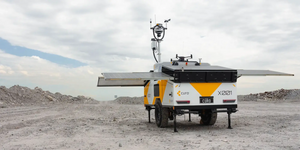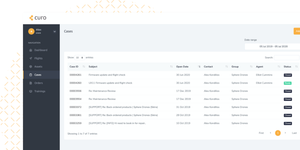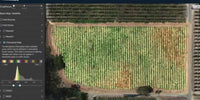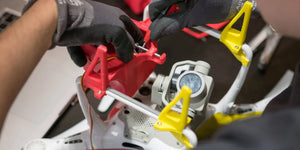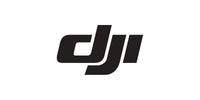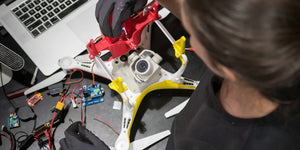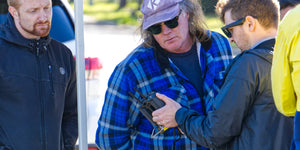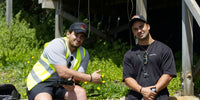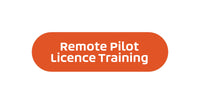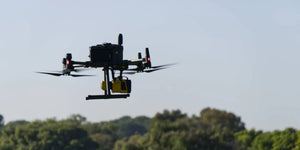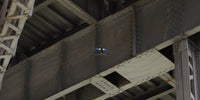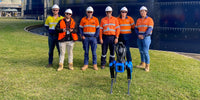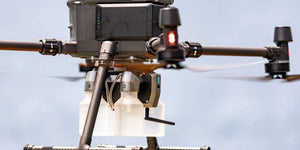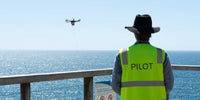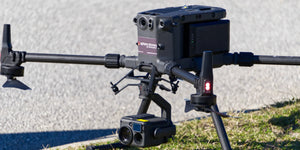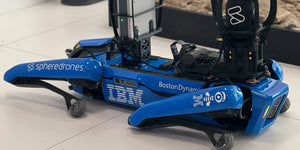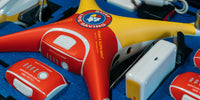Drone technology has revolutionised the world of topographical and mapping surveys, making it easier than ever to create detailed, accurate digital maps and 3D models. Gone are the days of relying solely on ground-based methods that require time-consuming and labour-intensive work.
In this article, we’ll explore the basics of using drones for topographical surveys, share key insights on how to achieve the best results, and dive into the mapping software that’s helping businesses get even more out of their drone surveys.
How drones enhance mapping accuracy and speed
Drones offer a powerful way to streamline the mapping process. Equipped with advanced cameras, LiDAR sensors, and GPS technology, drones can capture detailed data over vast areas in a fraction of the time compared to traditional methods. From it’s creating digital terrain models (DTMs) or orthomosaic maps, drones give you the ability to cover large or hard-to-reach areas quickly and safely.
Key benefits of drones in topographical surveys
- Accuracy: Drones capture high-res aerial imagery and data, allowing you to create accurate 2D maps and 3D models with centimetre-level precision.
- Speed: Instead of spending days or weeks on-site, drones can map large areas in hours, drastically reducing project timelines.
- Cost-effectiveness: By cutting down time in the field and reducing manual labour, drones can save you significant costs on surveying and mapping projects.
- Safety: Drones eliminate the need to send surveyors into dangerous or inaccessible areas, reducing the risks associated with traditional ground-based methods.
Workflow overview for creating digital maps and 3D models
- Plan the flight: Define the survey area and altitude using mission planning software like DJI Pilot 2. Pre-set parameters such as overlap percentage, ensuring thorough data capture.
- Data collection: Fly the drone over the target area to capture high-resolution images or LiDAR data, ensuring GPS tagging for accurate georeferencing.
- Process data: Upload captured images to mapping software like Pix4Dmapper or DJI Terra. The software processes these images into georeferenced 2D orthomosaic maps and 3D models.
- Analyse and refine: Review the digital map or model, perform accuracy checks (e.g., Ground Control Points), and refine as needed.
Getting the most out of your drone data

Once the drone has captured the data, the next step is processing it into usable formats like digital maps, 3D models, and elevation data. The right mapping software is crucial here, helping you turn raw data into valuable insights for your projects that can be shared with stakeholders for key decision making.
Mapping software
- DJI Terra: Designed specifically for DJI drones, this software excels in real-time mapping and 3D reconstructions, making it a great choice for detailed terrain analysis.
- YellowScan CloudStation: Specially developed for processing LiDAR data from YellowScan sensors, generating and visualising 3D point clouds with auto-detection and in-depth configuration tools.
- Flyability Inspector: Designed for the Flyability Elios 3, it streamlines inspection workflows by organising flight data by asset and creating digital twins for better maintenance planning and decision-making.
- Pix4Dmapper: A powerful tool for turning drone images into georeferenced maps, models, and point clouds. It’s highly versatile, supporting both photogrammetry and LiDAR data.
Once the drone has captured the data, the next step is processing it into usable formats like digital maps, 3D models, and elevation data. The right mapping software is crucial here, helping you turn raw data into valuable insights for your projects that can be shared with stakeholders for key decision making.
Topographical drone surveys are a game-changer for businesses that need accurate, fast, and cost-effective mapping solutions. By leveraging the power of drones and advanced mapping software, you can streamline your projects, improve safety, and get the reliable data you need for better decision-making.
Ready to elevate your mapping with drone surveys? Get in touch with our team today or call us on 1800 119 111 to find out how we can help.
